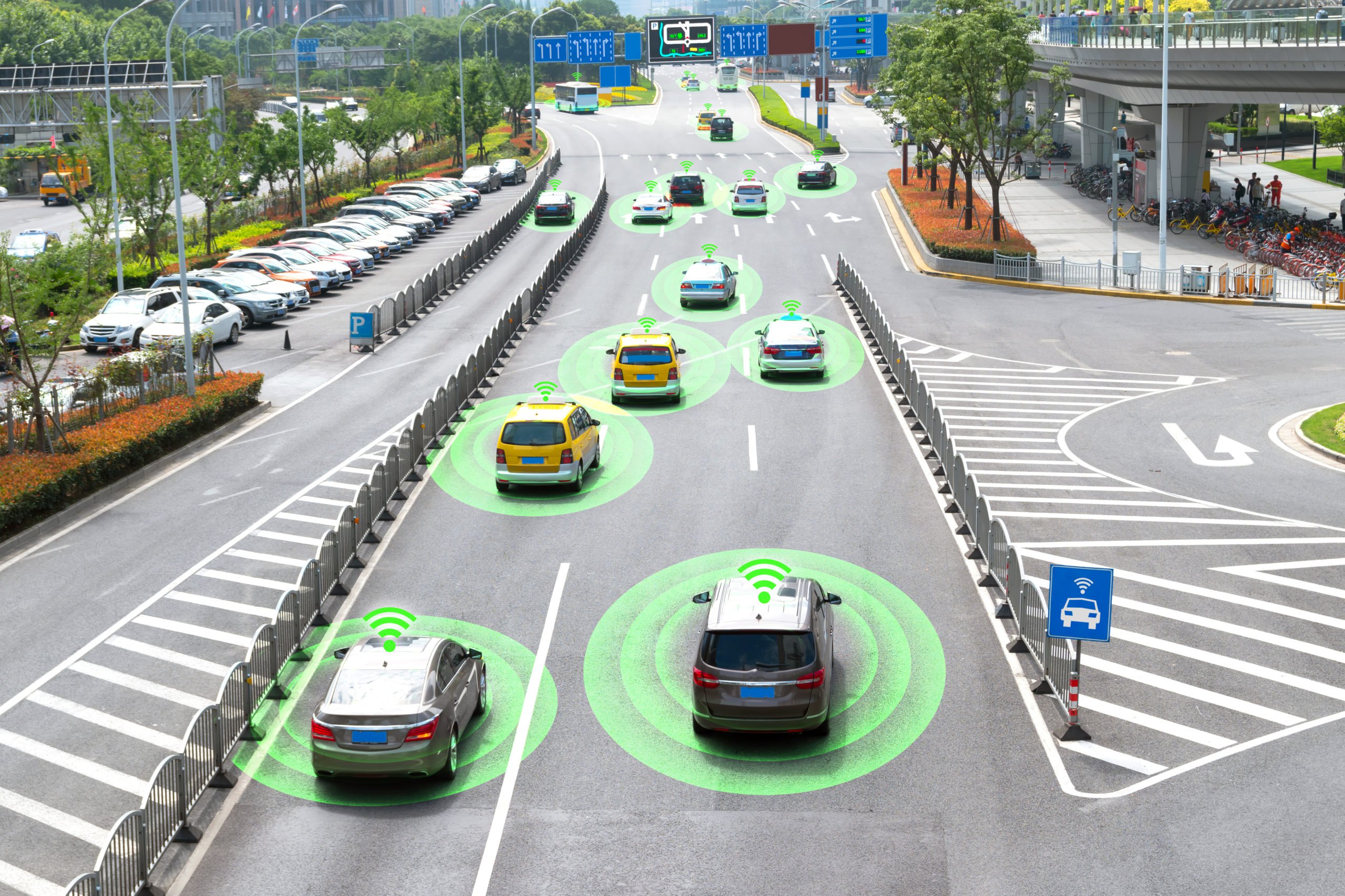How AI and Data Annotation Help EduTech Companies to Get More Out of E-learning
Over the course of the pandemic, students, parents, and teachers had to get used to online classes and all of the challenges that came with it, one of which was keeping students engaged. However, how can teachers be aware of when students are getting bored, confused, or experiencing other negative feelings and emotions? AI is coming to the assistance of teachers by helping them recognize certain signs that students are not coming along as well as they hope. Let’s take a closer look at this technology and the data annotation required to create it so we can understand how it can be used in the virtual classroom.
Using Facial Recognition to Assess Student Interaction With the Content
Even during an in-person class, it is difficult to understand whether or not students understand the instructional material. This is true for both secondary and post-secondary educational levels. Now, thanks to AI, teachers and professors alike can get insights into what students are feeling and experiencing with the use of facial recognition technology. Intel and Classroom Technologies have created new AI tools that can analyze the faces of the students and determine if they are bored, distracted, or confused by assessing their facial expressions and how they’re interacting with educational content.
Basically, when students log on to their usual Zoom classes, the AI technology will use the camera inside the students’ notebooks to analyze their facial expressions and combine it with contextual information about what the students are studying. This way, if, for example, the system detects that students are confused, it would notify the instructor, who would make the necessary changes to explain the material more clearly. This technology can also allow students to get more personal attention since the system can determine which students are confused, bored, distracted, etc, which would allow the teacher to find a more personalized approach for each individual student.
How is Such AI Technology Created?
Creating facial recognition technology requires a lot of landmark data annotation (one of the types of image annotation or video annotation), which trains the AI system to accurately detect facial features and their movements. To better understand landmark annotation, let’s take a look at the image below:

As we can see, there are key points placed all over the nose, mouth, eyes, and other facial features of the person in the image. Human data annotators carefully place all of these key points, which will be used as training data for the machine learning system. The operation algorithm of face recognition technology consists of two stages: identification (who is this person?) and verification (is this the person he claims to be?). The sequence of actions is usually as follows:
- Face detection – The person’s face is highlighted in the image.
- Facial features detection – Anthropometric points are calculated. The system finds reference points on the face that determine individual characteristics. The algorithm for calculating the characteristics is different for each of the systems and is the main secret of the developers. Previously, the main reference point for algorithms was the eyes, but the algorithms have evolved and begun to take into account at least 68 points on the face (located along the contour of the face, determine the position and shape of the chin, eyes, nose, and mouth, the distance between them).
- Face normalization – Additional image transformations (head tilt correction, complexion correction, and so on) are performed in order to obtain a clear frontal image.
- Feature extraction and descriptor computation – A descriptor is calculated – a set of characteristics that describe the face regardless of extraneous factors (age, hairstyle, makeup). Special local features are analyzed that characterize, for example, the texture of certain areas on the face. Comparison of different descriptors makes it possible to evaluate whether two received face images refer to the same person.
- Verification – The resulting face vector (digital template) is compared with the faces available in the database.
Since landmark data annotation is a very time-consuming process, companies usually choose to outsource such work to a service provider like Mindy Support.
Trust Mindy Support With All of Your Data Annotation Need
Mindy Support is a global company for data annotation and business process outsourcing, trusted by several Fortune 500 and GAFAM companies, as well as innovative startups. With nine years of experience under our belt and offices and representatives in Cyprus, Poland, Romania, The Netherlands, India, and Ukraine, Mindy Support’s team now stands strong with 2000+ professionals helping companies with their most advanced data annotation challenges.




